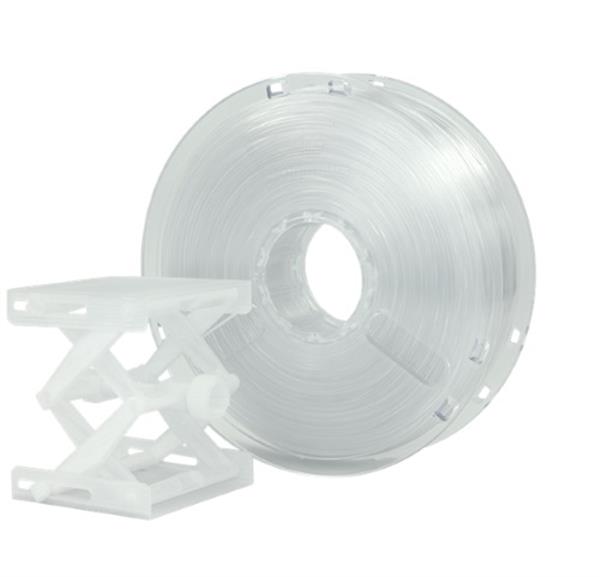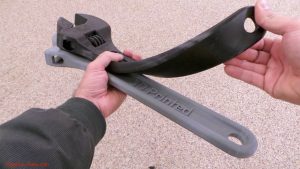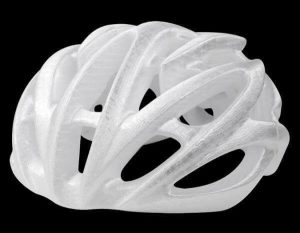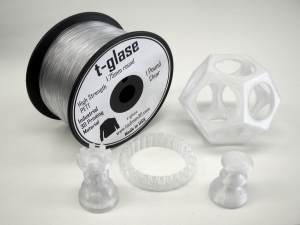
This is the second post of 3D printing for teens! In this weekly series I will share my experience and tips and tricks. The goal for this series is to get more teenagers excited about 3D printing and to help them master the craft.
In advance
In my last post I covered the basic plastic filaments. Now I will go over the more exotic filaments and some filaments that are harder to print. Mind you, not every printer is compatible with some of these types of plastic filaments! For example: for some plastic filaments a heated bed is mandatory, because of the risk of high warping. I will talk about nylon, TPE and PC.
Nylon
Nylon is the perfect filament for parts that needs to withstand a lot of friction, functional parts and heat resistant parts. Mind you nylon filament has a high melting point(240 ℃). Check if your printer hot-end has PEEK and PTFE incorporated because they will melt above 240 ℃ and will release toxic fumes! That’s why it is recommended to print with an all metal hot-end. Nylon also absorbs water when it’s not sealed. I will soon cover a post about drying your filament. Just as ABS nylon releases toxic fumes. It’s is important to have a high-quality nylon because nylon is quiet a difficult plastic to work with. I recommend checking the filaments of taulman.
The advantages:
- Unmeasurable strength and has subtle flex.
- Low friction coefficient
- High melting point.
The disadvantages:
- Releases toxic fumes
- Needs an all metal hot-end
- Hygroscopic (absorbs water needs to be dried)
- Risk of warping, not as bad as ABS
Properties:
- Print temperature: 240℃-270℃.
- Print bed temperature: 70℃ – 80℃ (not mandatory).
- Toxic fumes

TPE
TPE, Thermoplastic elastomer is a FULLY FLEXIBLE filament. TPE filament can generally be stretched at least twice their original length and bounce back. TPE can be folded more than 200%. TPE is durable as well. Because it’s flexibility it is recommended to use a direct drive extruder instead of Bowden. Bowden extruders have a higher risk of clogging in the tube, extra lubrication is necessary. Use TPU for objects that needs to be flexible and elastic. I personally used it for a watchband.
The advantages:
- Fully flexible
- There is TPU, TPE, TPC. All flexible filaments but with different chemical resistant’s and melting points for the right application.
The disadvantages:
- Can clog in extruder. Needs slower print setting. You need to experiment with your flexible filament first!
- Use high end brands to insure good filament diameter quality.
- The more flexible the harder to print
Properties:
- Print temperature: 210℃-230℃.
- Print bed temperature: 30℃ – 60℃ (not mandatory).
- Warping is minimal

PC
PC, polycarbonate is the strongest plastic filament. Extremely durable and resistant to impact and heat. PC is semi flexible. NOTE, PC absorbs water so store in a dry place to get the best 3D printing results.
The advantages:
- Has amazing properties.
- Transparent.
The disadvantages:
- Absorbs water, store in dry place.
- Heated bed is mandatory because of high risk of warping.
- Prints at high temperature, use all metal hot end.
- toxic fumes.
Properties:
- Print temperature: 270℃-310℃.
- Print bed temperature: 90℃ – 110℃ .
NEXT POST
I will cover how to store filament.
Get 3D printed headphones: click here
Visit the shop: click here
